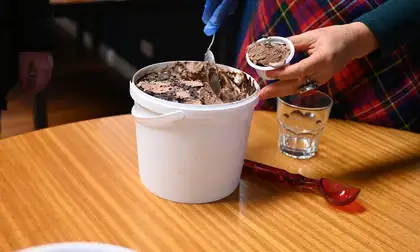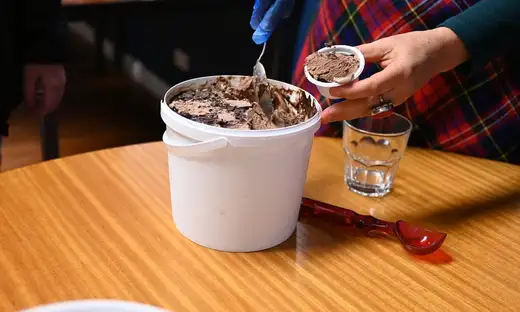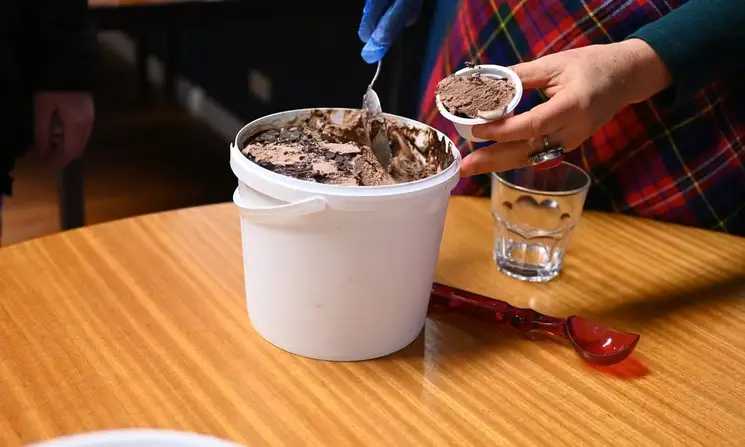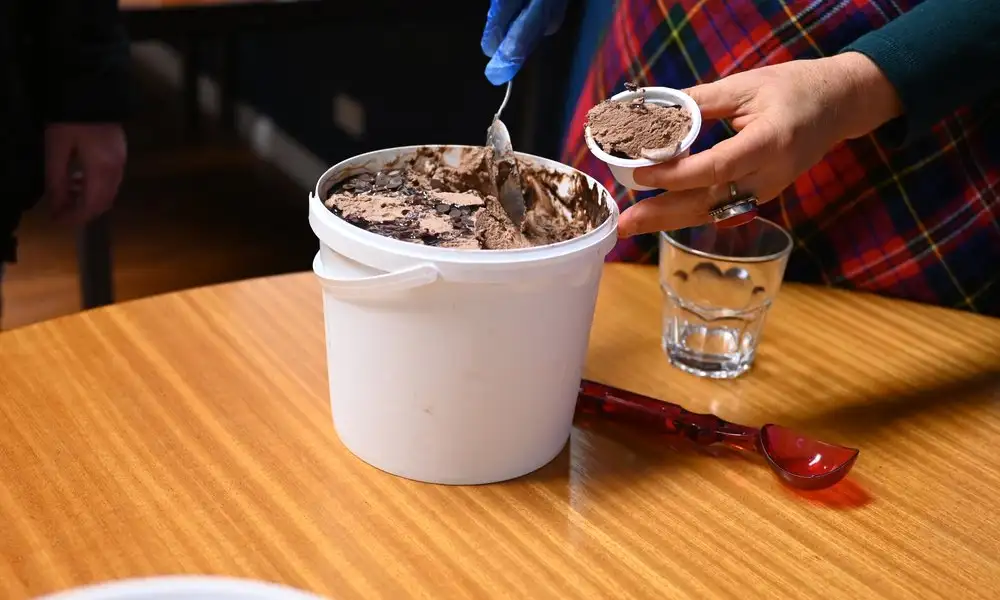
On this page
Objectives
- To maintain a base deer flock using sustainable management practices.
- To provide a facility and environment suitable for research and a practical teaching resource for the School of Veterinary Science.
- To provide a link between the university and agribusiness.
Farm features
About the farm
The Deer Research Unit was established in 1980, and through the 80s and 90s was heavily involved in research. While still used for some studies such as parasite research, it is now used mainly as a teaching unit for vet students.
Intensively sub-divided into 36 paddocks, ranging from 0.14 to 1.77ha (averaging 0.59 ha).
Location and map
The farm is located on Sheep Farm Road adjacent to the Massey University campus, approximately 5km from Palmerston North City.
Area
22.30 hectares.
Effective area: 22.16 hectares.
Altitude
80 metres above sea level.
Topography
Predominantly flat with about 5ha of gullies.
Temperature
7°C July, 18.1°C January (monthly 10cm soil temperature).
Rainfall
980mm (average annual rainfall).
Soils
- Poor draining heavy clay Tokomaru Silt Loam on the higher terraces.
- Compact clay loams with compact subsoil, poor natural drainage and with a tendency to dry out in summer.
- Moderate natural fertility.
Drainage
Tiles and mole, with the soil still wet in winter.
Water supply
Reticulated water from main Massey University supply.
Staff
Half a labour unit. Works together with Keebles and Haurongo farms on the Sheep, Beef and Cattle Research Unit.
Yards
A purpose built handling shed constructed in 2005 with yards.
Pasture
Predominantly perennial ryegrass with clovers, chicory, and plantain.
Grazing policies
Pasture based production system aiming to achieve high levels of feed conversion efficiency through excellent rotational grazing management. Sheep and cattle from Keebles farm are used to graze any surplus grass and to clean up paddocks.
Regrassing policy
Pastures are renewed on a ten-year rotation and/or as required for research.
Fertiliser
Fertiliser programmes are based on soil test results.
Soil tests are done biannually and show the following results:
| Year | pH | Olsen P | SO4 | K | Mg |
|---|---|---|---|---|---|
| 2006 | 5.7 | 35.0 | 6.7 | 6.9 | 27.0 |
| 2010 | 5.6 | 31.8 | 10.0 | 5.6 | 27.8 |
| 2012 | 6.0 | 27.0 | 12.6 | 5.4 | 25.9 |
| 2016 | 5.9 | 29.0 | 11.3 | 3.6 | 26.2 |
| 2018 | 5.8 | 23.0 | 12.6 | 4.2 | 20.2 |
| 2020 | 5.8 | 24.0 | 12.0 | 7.0 | 25.0 |
Maintenance fertiliser program 2021: 380 kg/ha of Sulphur Super + N with added Selenium (26-24-25-30).
Crops and supplements
No supplement is made on the farm due to the small paddocks. Baleage is purchased in and fed to stock if required.
Stock numbers
Numbers as at 1 July 2021.
Red deer
| Deer | Stock numbers |
|---|---|
| Hinds | 74 |
| R1 year hinds | 47 |
| R1 year stags | 47 |
| Yearling hinds | 26 |
| Breeding stags | 5 |
| Total | 199 |
Our people
The Deer Research Unit is managed by Steven Bayler.




